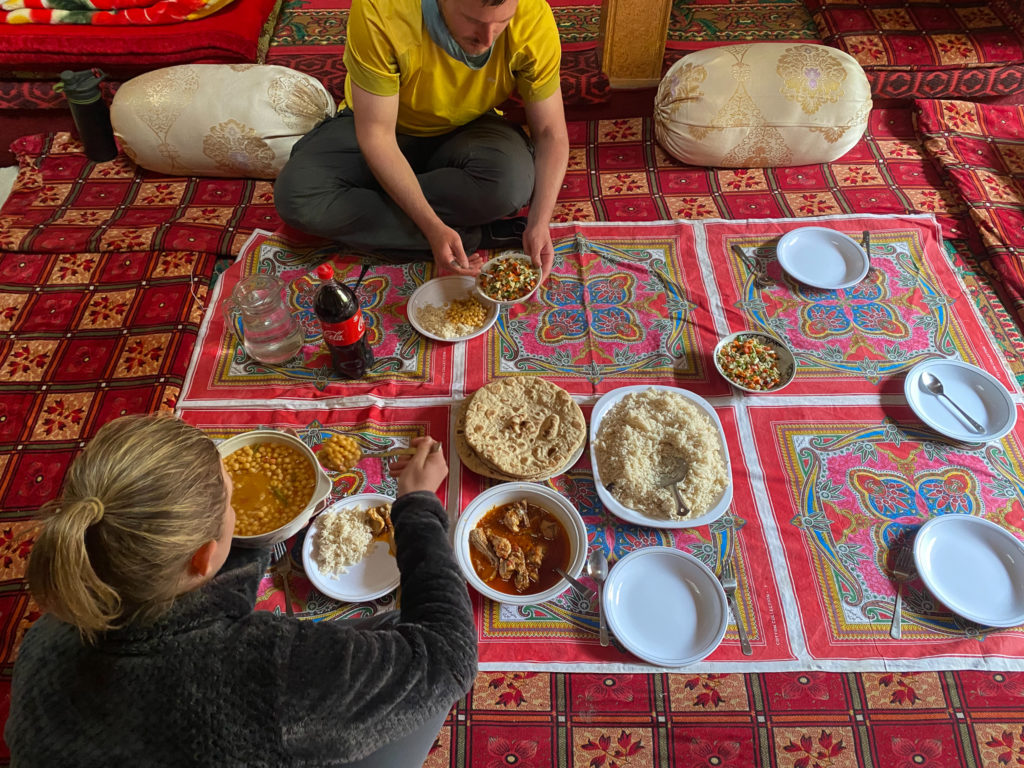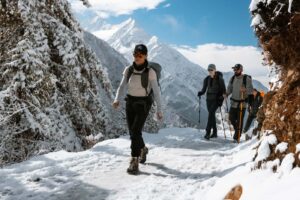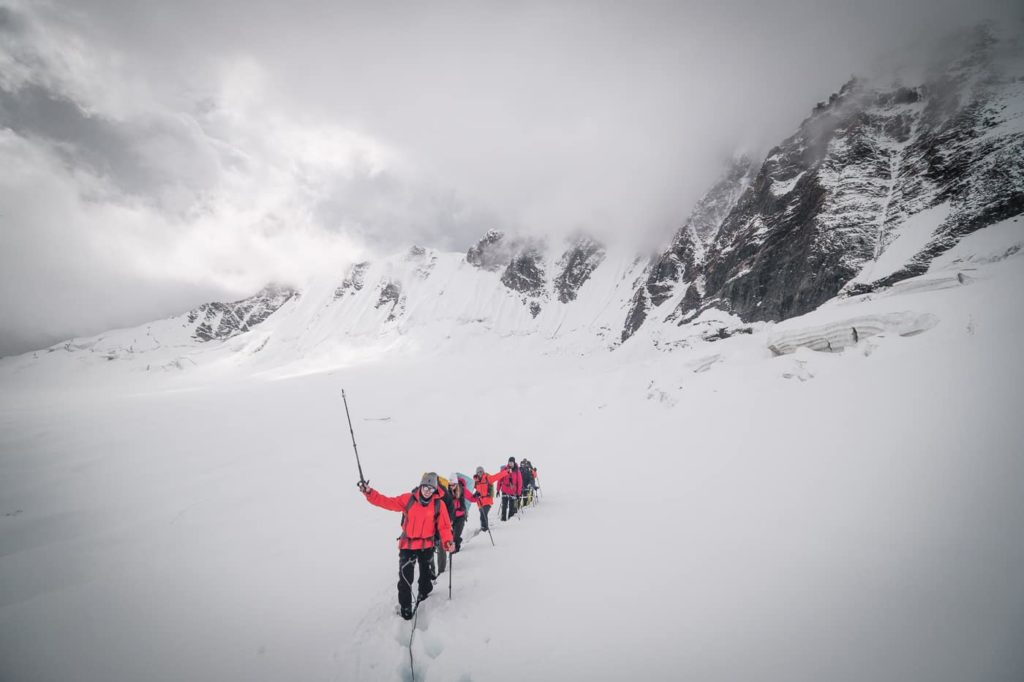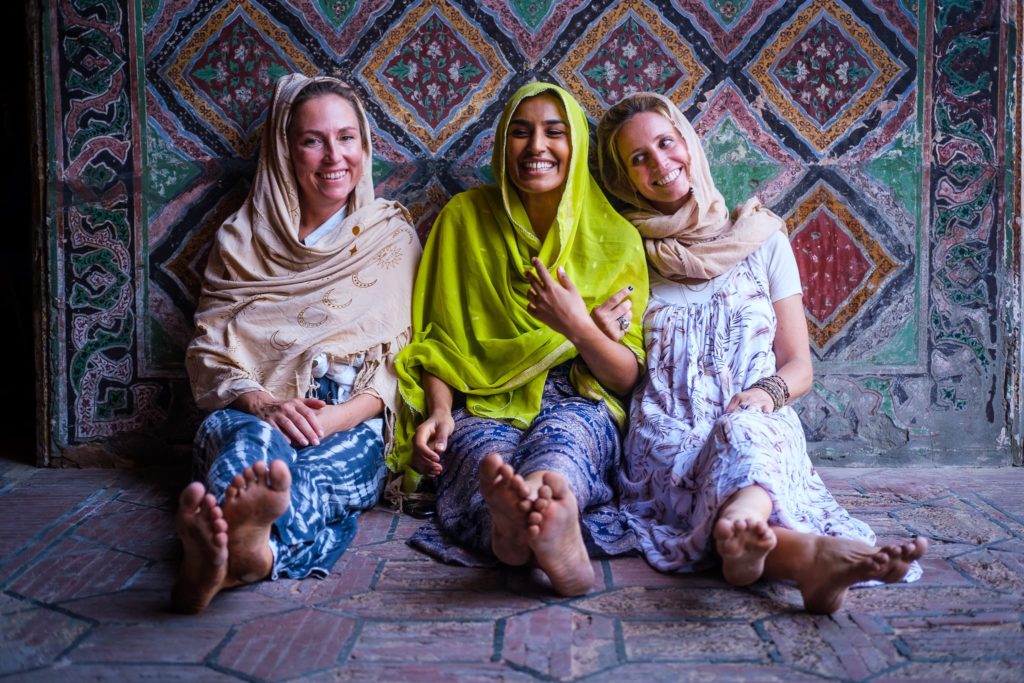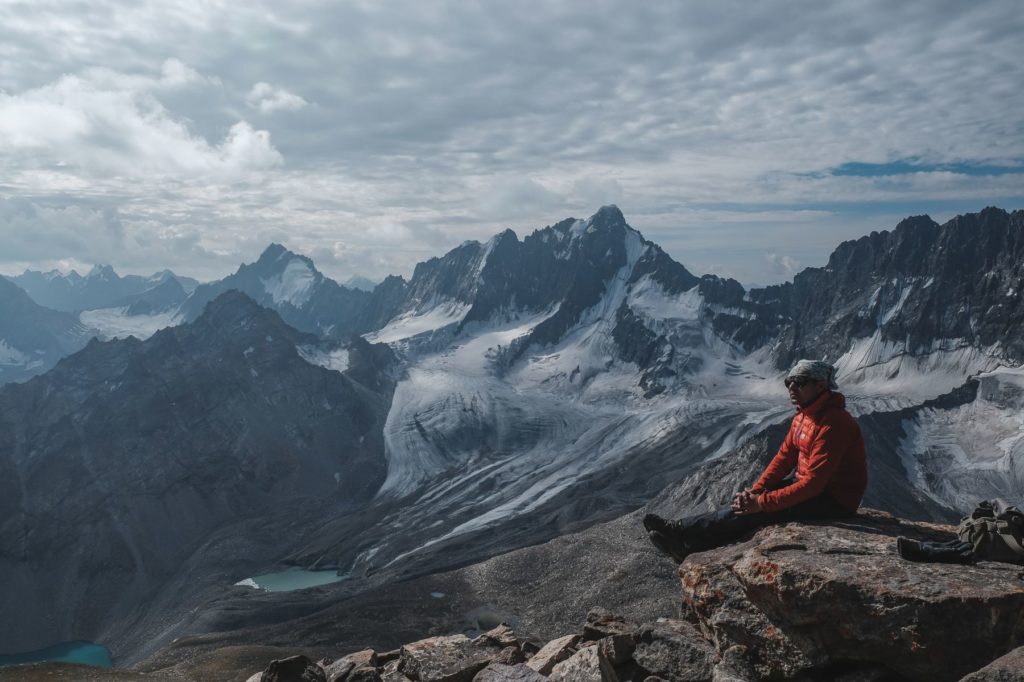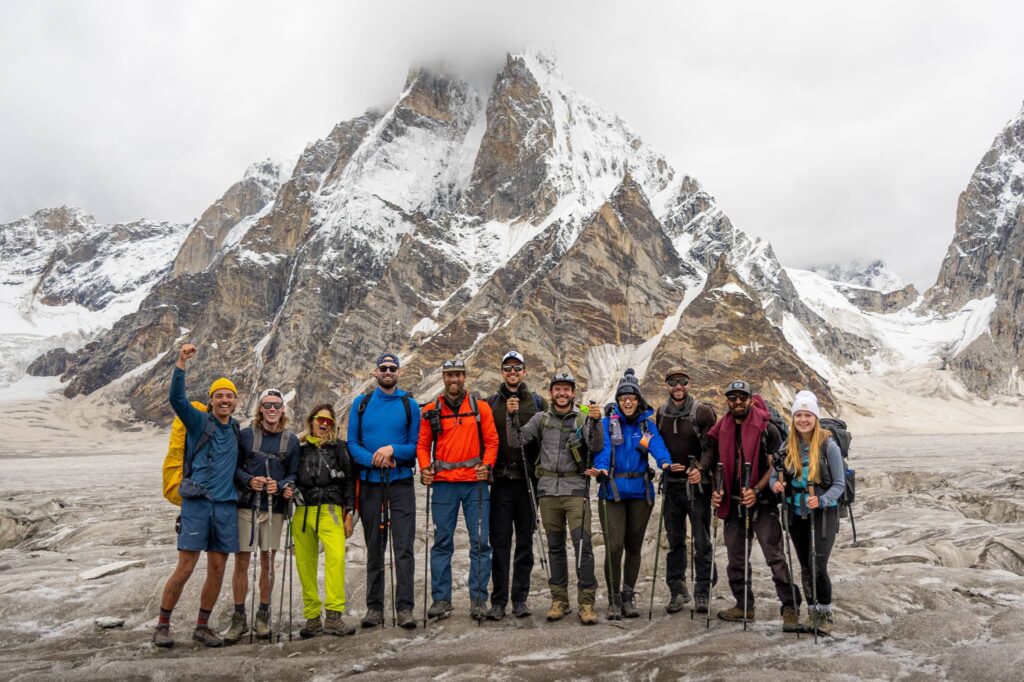Pakistani food is, in our opinion, is some the tastiest we’ve ever had on our travels. Rich, flavorful, filling, and, at times, spicey, it has all of the things that we expect and love.
Seriously, the food is a highlight of every trip we make in Pakistan and will be one of the things you miss the most when you’re gone.
There is A LOT of food to try though, and a lot of it isn’t even found outside the country itself. Of course, the classics like karahai, chapati, and nihari are all to be found (on a daily basis) but have you heard of less common items like proppu, saijje, and baale?
This article is an exposition of all of our favorite dishes in Pakistan – the ones that we always seek out. But these are only a fraction of what’s actually on offer in this country. Visit yourself and discover every culinary that it has to offer.
Commonly Asked Questions About Pakistani Food
What is it like, generally?
Pakistani food is a reflection of the country’s great diversity. Mixing Afghan, Persian, Indian, and Central Asian traditions, it really runs the gamut of flavor.
Generally, the Pakistani diet is pretty carnivorous, quite unlike its more vegetarian-friendly Eastern neighbor India. Meat, in particular lamb (mutton) and chicken, is heavily used and is consumed almost on a daily basis. Being a Muslim country, pork is strictly banned of course.
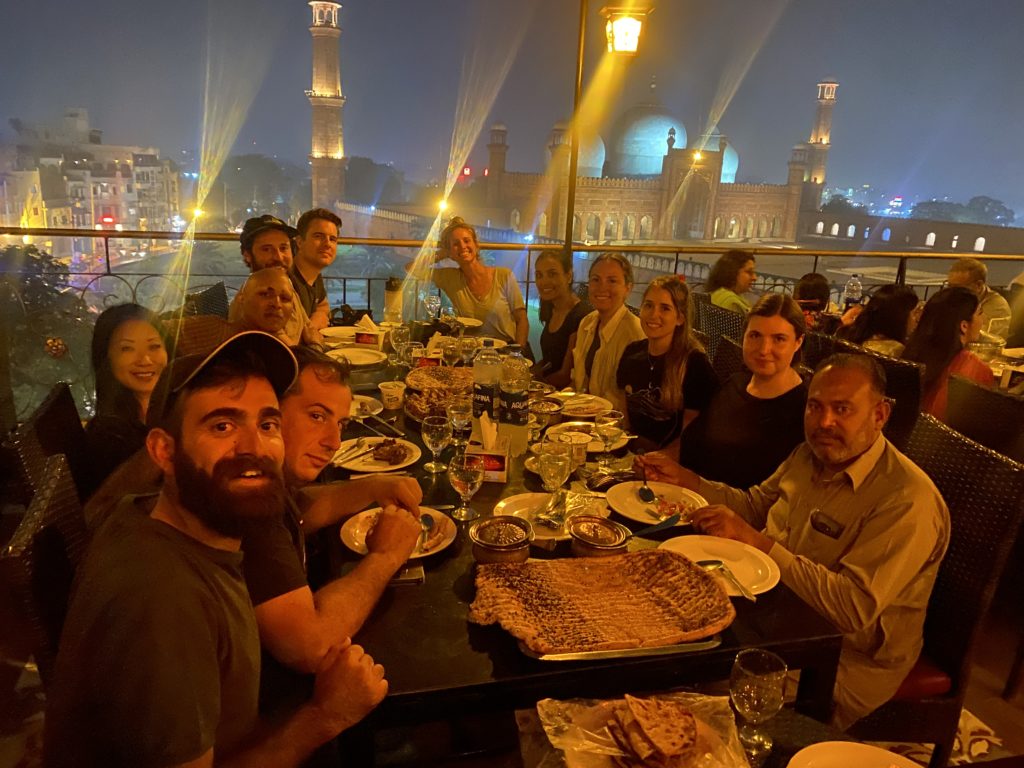
Depending on where you are traveling in Pakistan, the cuisine will be different. In Lahore and Punjab, the food will be rich and spicy due to the strong Indian influence. In Peshawar, the kebab and barbecue reign supreme. Meanwhile, in the rugged Northern Provinces, the food tends to be more muted – spices are less prevalent and ingredients are usually simpler.
Anywhere you go in Pakistan, be ready for a gastronomic assault.
What does the average day look like?
Here is how we usually structure our meals on our own trips in Pakistan:
- Breakfast: Typically includes omelet/fried eggs, fried Pakistani bread (paratha), jam, butter, and chai/coffee. Sometimes we have a delicious hot porridge as well.
- Lunch: We typically provide a hearty lunch. Usually a mix of daal, mixed vegetables, a meat dish, salad, chapati, rice, etc.
- Dinner: This is always the main event of the day and will be a mix of vegetables, rice, noodle dishes, daal, meat (mutton or chicken), chapati, and local specialties depending on where we are.
Note that the food situation whilst camping or on an expedition is different. Whilst we and other organizers will do their best to ensure it will be the best possible quality, participants need to have realistic expectations of what camp cooks can deliver. There won’t be any lasagne and red wine (unless you bring the wine), but the food will be healthy and tasty.
Is vegetarianism possible in Pakistan?
Very much so.
Despite Pakistan’s insistence on consuming meat, vegetarianism is not totally unreasonable. Some of the best Pakistani dishes that we and our guests have had were totally vegi-based in fact!
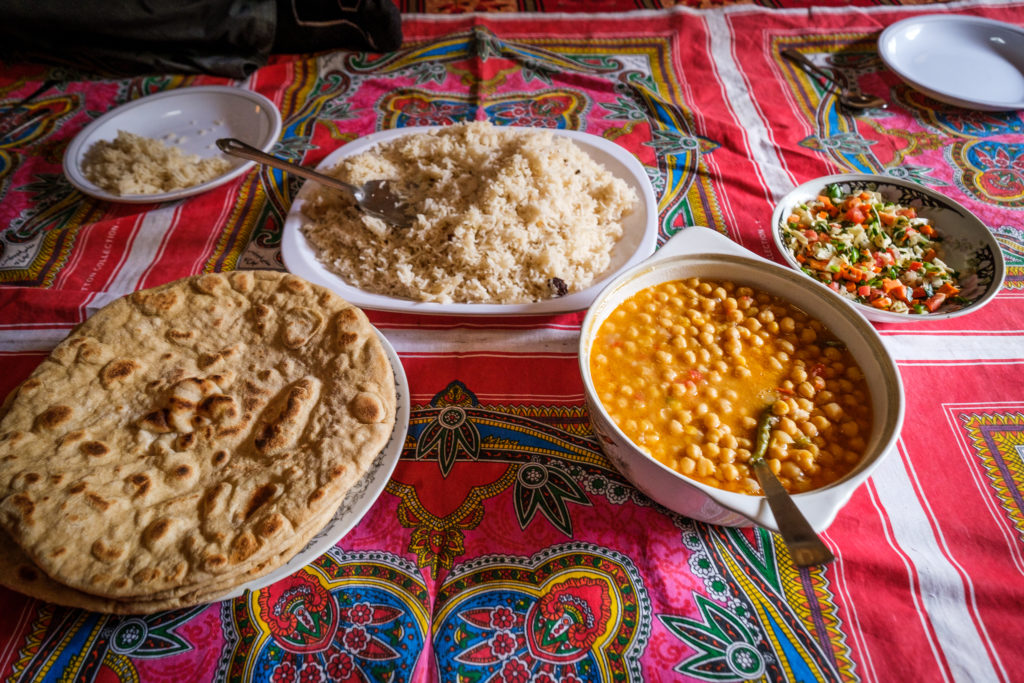
Vegetarians will have to settle for less selection, of course, as there are only a limited amount of options that are strictly vegetarian after all. Be prepared to eat a lot of rice, egg, daal, channa, bread, curried vegetables, each and every day.
I will say too that setting aside a few days for eating strictly vegetarian is actually a good idea when traveling in Pakistan. It will give you and your digestive system a nice break from all of those heavy meats and give it a chance to clear up a bit.
How spicy is the food in Pakistan?
Pakistani food can be spicy. We mean real spicy. This isn’t your local mom-and-pop Pakistani restaurant that caters to Western pallets. This is the real deal.
That being said, the chef can dial down the spiciness though when asked. If you don’t like your food super spicy (or atomic for that matter) simply communicate to the cook or your trip leader that you would prefer mild. We will do our best to accommodate that request and cut the heat.
We just ask that you’re flexible with the food as there will always be a little kick present. Such is Pakistan.
Top Dishes to Try in Pakistan
Below are our favorite Pakistani dishes that we regularly eat on our adventure tours:
Karahi
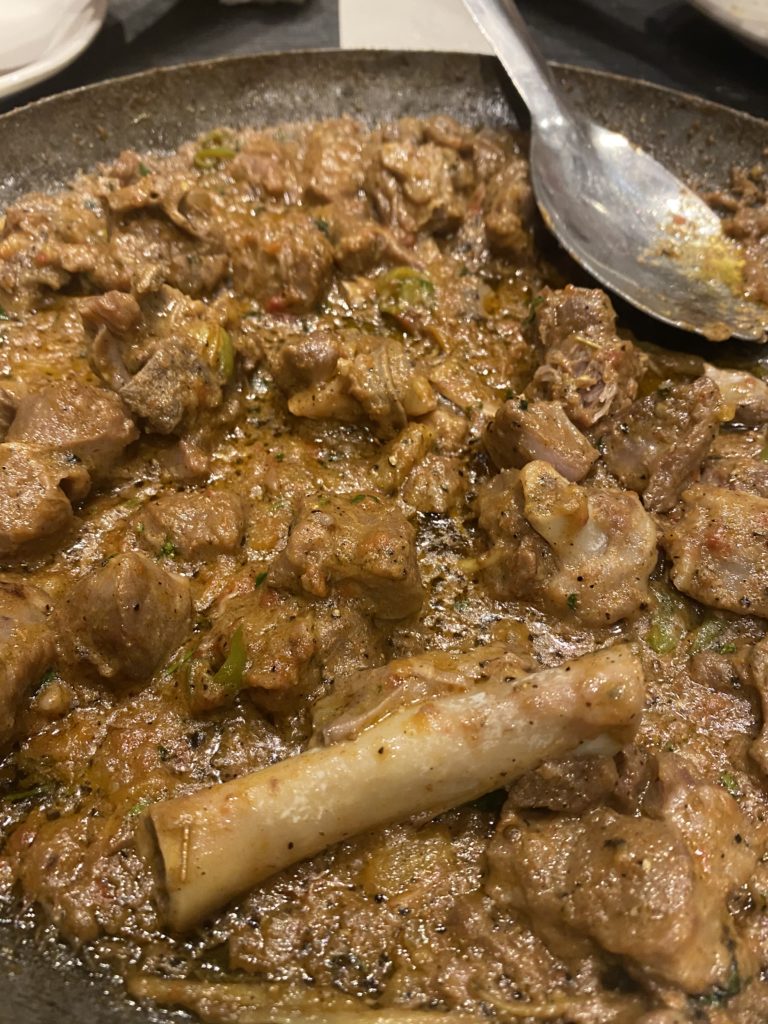
Probably the single most popular dish in Pakistan, at least on the tourist trail. And though it may be featured A LOT on local menus, it’s rarely unwelcome.
Essentially, karahi is a type of curry made in a special cooking vessel similar to a wok (also called a ‘karahi’), usually with tomatoes, chilis, and lots of fresh herbs. Though it is almost always prepared with some sort of meat as a base – chicken or lamb usually – vegetarian karahis are also possible.
Each restaurant makes its own version of a karahi. Traveling around Pakistan and trying each one is a mission unto itself, and a tasty one at that. In our experience, the best karahi in Pakistan is usually found in the middle of nowhere – in the roadside stops and family-run joints.
Handi
Like karahi, handi is a type of curry that is named after the vessel in which it is made. A handi (the object) is a small pot, usually made of clay. Metal is also common.
Handi (the dish) can vary a bit although in Pakistan it tends to be creamier, slightly less spicey, and easier to eat than karahi. Chicken or lamb are also common bases for a handi. The former is frequently boneless too.
All-in-all, a chicken handi is a great option for those who are a little intimidated by Pakistani food at first and want to ease their way into it.
Biryani

The legendary biryani: feeding hungry travelers and locals alike all across the Indian Subcontinent since we can all remember. Rich in flavor, easy to eat, and packed full of ingredients, biryani rarely fails.
Historically, biryani is a Muslim dish that dates back to the Mughal Empire. It is now found across the entire Indian Subcontinent and even as far as Iraq.
The Pakistani iteration of biryani is no slouch. Aromatic and predictably chaulked full of spices, it is an awesome dish to order if you can’t decide on what to eat. Most Pakistani biryani is made with chicken but vegetarian is also possible.
Sabzi
Curried vegetables, usually of the root variety e.g. potatoes, carrots with some extras thrown in.
Sabzi is a simple dish, often served as a side. There have been meals though where the sabzi was clearly the best plate though and, tragically, not abundant enough. For vegetarians visiting Pakistan, this dish is a God-send. Even amongst carnivores, it will be appreciated.
Fun fact: there is a very popular dish served in Iran that is also called sabzi (ghormeh sabzi). The Persian variety is a bit different than the Pakistani one though – it uses a lot more herbs, dried lime, and other zesty ingredients. Lamb is also common. If you join us in Iran, there is a very good chance you will have the opportunity to try some.
Chapati

Pakistan’s main source of carbs: baked flatbread. Ubiquitous across both Pakistan and India, chapati is a staple and served with practically every meal.
Chapati – frequently referred to as ‘roti’ as well in Pakistan – is very simple to make and requires only two ingredients: flour and water. Yeast is completely omitted.
It is mixed, kneaded, rolled into a ball, flattened with a stick, and then worked with the hands, before being baked directly on a hot metal surface. A tandoor oven is the most traditional means of cooking chapati. On treks where an oven is not available, camp cooks will resort to other means though: the bottom of a skillet or even a hot rock. Watching porters deftly make and cook chapati can be a good way to pass the time on longer expeditions to places like K2 Base Camp.
Paratha
Another type of flatbread not too dissimilar from chapati. The key difference between the two is that rather than being baked, paratha is fried. As such, it’s a bit heavier than regular chapati.
Paratha is best consumed in the morning, preferably with a sweet spread like marmalade or Nutella. It’s filling and will give you a little extra energy later on in the day once digested. When the paratha kicks in on the morning hike, it really helps you make it the extra mile to lunch.
Kebab
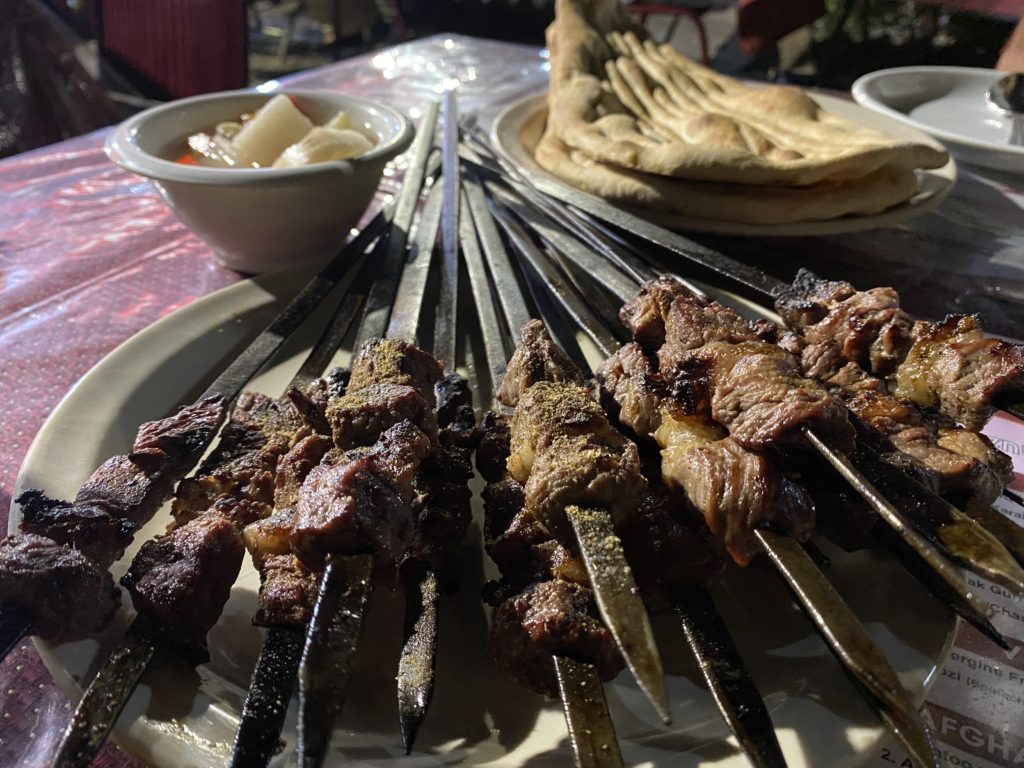
Everyone’s favorite skewered meat dish and made particularly delicious in Pakistan. Not just chunks of grilled meat either, kebabs in Pakistan are done in a myriad of ways.
Tikka kebab is your standard grilled, skewered meats. Seekh kebabs are made of minced meat with spices are cooked in tandoor rather on the grill. Chapli kebabs are similar but are not baked but rather fried in animal fat. Both are incredible.
The best kebabs in Pakistan are usually found in Afghan establishments. Pashtuns are very good at preparing any kind of meat and most of their restaurants will offer at least a half dozen different options. Kabul Restaurant in Islamabad is a great place to introduce yourself to the tradition.
Sajji
The Balochi version of kebab that is legendarily delicious. Sajji involves skewering and roasting an entire chicken near an open flame. Spicing is limited but won’t be missed as the chicken is cooked to perfection. The skin is left on the chicken for maximum flavor.
Traditional sajji is often stuffed before being cooked as well, usually with rice. Said rice – being marinated in all that wonderful chicken juice – will then be served on the side. Doesn’t get much better than this.
Daal

Slow-cooked lentils with a generous amount of spices. This will be a vital source of protein for vegetarians visiting Pakistan or anyone looking for a break from meat.
Pakistani daal is usually pretty thick and more of a mash than a soup. Careful of peppers! Pakistanis like to add these whole to daal mixes sometimes, and they can be real gutbusters when eaten whole.
A very similar dish to daal, but distinctly its own thing, is channa. Rather than using lentils, channa uses chickpeas instead.
Nimko
Nimko is a typical snack food in Paksitan and is kind of like their version of chips (or crisps for all of our English readers out there). Ingredients vary but you can generally expect a mix of dried legumes, small vegetables like peas, and some fried morsels.
Nimko blends can be very diverse. Some are sweet while others are spicy. Most mixes attempt to strike a nice balance and feature all of the flavor profiles, including tangy and salty. It’s a highly edible snack food that is meant to be enjoyed by all.
One of our favorite drivers in Pakistan, Mr. Khan, is particularly fond of nimko. He’ll usually bring a giant bag with him for those long drives and pass it around the bus for everyone to sample.
Nihari
A rich stew made by slow-cooking beef or lamb shank. The gravy can be pretty thick and hearty, which makes it a popular dish on a cold winter’s day (despite it never really getting “cold” in the south). Think bone broth but a ton of extra flavoring.
Propoo
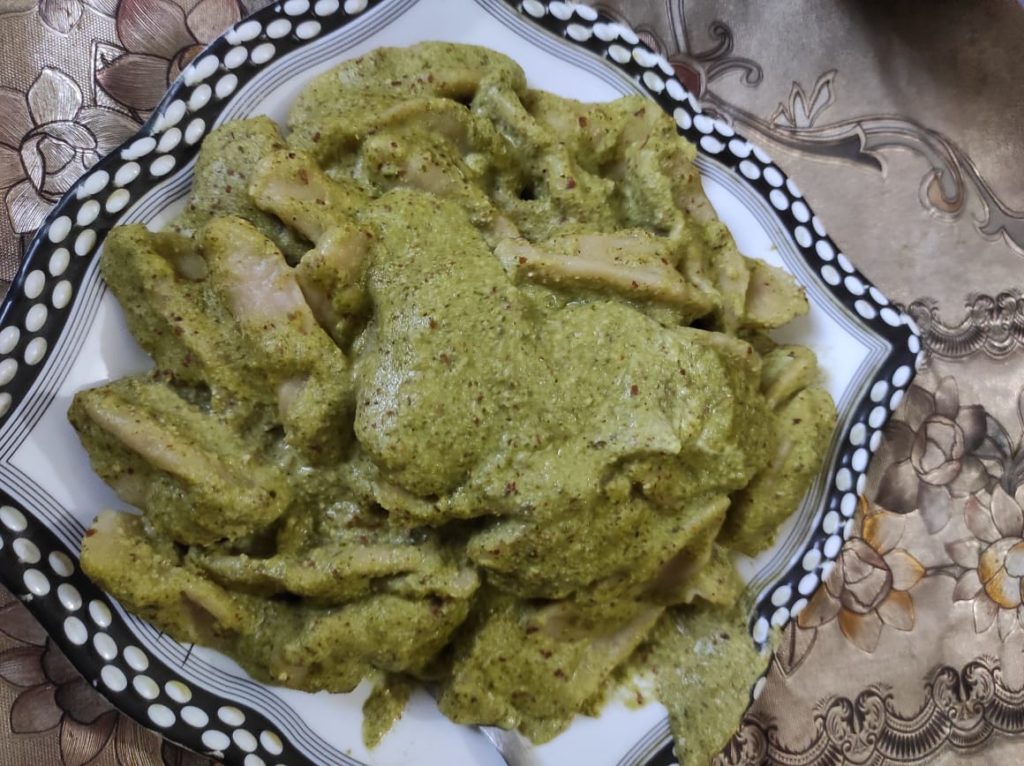
A Balti delicacy that is practically unheard of outside of the region. Most Southern Pakistanis haven’t even heard of this dish.
Propoo is a type of boiled dumpling made with barley, flour, and ground apricot seeds. It is usually topped with a refreshing sauce made from cilantro, herbs, and apricot oil. Think Balti-style gnocchi.
Propoo is very satisfying and arguably one of the most unique dishes you’ll ever have the chance of trying in Pakistan. We make sure to have it at least once on our Trekking Amongst Giants itinerary in the village in Barah. We know a local mother who makes simply the best propoo in town.
Baale
A hearty soup made from barley and herbs. A staple of the Balti diet, particularly in the winter when it’s cold and times are tough. Very filling, especially after a long hiking day.
Insider tip: mix this soup with a healthy amount of apricot oil. This is the way the locals enjoy Baale.
Apricots
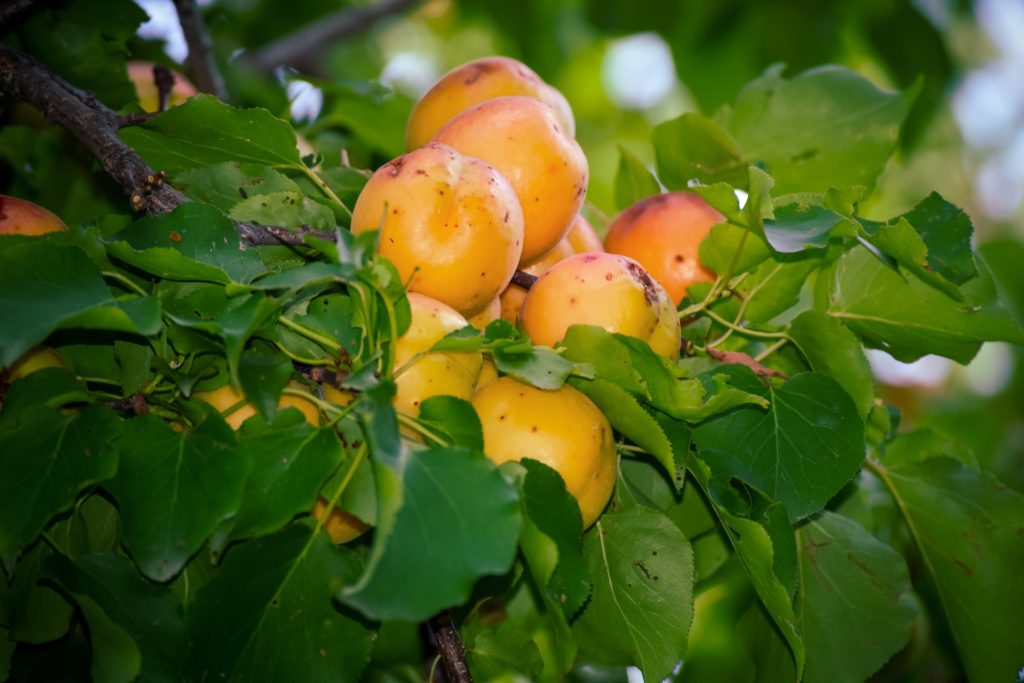
These deserve special mention since they are so ubiquitous in Northern Pakistan.
Seriously you can’t throw a rock in Hunza or Baltistan without hitting an apricot tree. These are one of the prosperous crops in the region and are a vital part of the culture.
There is a seemingly endless variety of apricots to be had. For example, the village of Barah claims to grow no less than 30 different kinds of apricots although I’ve heard estimates as high as 60. Each one has a different flavor to it.
The fruit isn’t the only consumable part of the apricot either – the seeds are often used as well! Inside the pit is a tiny little nut that tastes a bit like an almond. It’s eaten together with dried apricots usually to counteract their sometimes “loosening” effects. Some communities also press the seeds in order to make precious apricot oil.
Join Epic Expeditions
Interested in joining us in Pakistan this year?
You can put down a deposit to secure your place on one of our many trips if you are keen to get signed up. Here’s what we offer:
Feel free to contact us for any trip-related questions.

